
The world is fraught with problems that are difficult to solve, but that will continue to demand a solution. Rather, far-sighted, creative ideas and innovative solutions are required. However, solutions will not emerge from simple, linear planning and problem-solving processes. A degree of innovation is key in the current volatile and uncertain business environment. Organizations who understand this and can seek out and act upon the opportunities and possibilities for change through innovation will not only survive; they will successfully compete and even flourish.
This article will first provide an overview of the definition, and the different types, of innovation, before reviewing different models that nurture innovation within organisations.
What is innovation?

If you ask Google for a definition of innovation, it will return over 300 million results with thousands of definitions. Google’s own definition is not very helpful: “the action or process of innovating”. Using more traditional sources, such as the Oxford English dictionary, to find a definition also doesn’t prove successful. Here, innovation is explained as to “make changes in something established, especially by introducing new methods, ideas, or products”. For most of us, innovation is seen as one light-bulb moment — a novelty that is new and unusual. An early and straightforward definition simply states: “Innovation is the generation, acceptance and implementation of new ideas, processes products or services” (Thompson 1965). A similar definition of innovation was proposed more recently by West and Anderson (2001) and quoted as recently as 2008 by (Wong et al., 2008): “Innovation can be defined as the effective application of processes and products new to the organization and designed to benefit it and its stakeholders”.
How we define innovation
Given that there is no universally accepted definition, it is imperative that the definition is intrinsically stated and understood. Lacking this understanding within a company makes expectation management challenging and the measuring of results almost impossible. Therefore, we simply define innovation as “The introduction of something new and valuable”.
Different types of innovation
The tendency is to see three distinct approaches to innovation in businesses today: incremental innovation, breakthrough innovation and radical innovation (Muckersie, 2016). These can be mapped against two axes — business model newness and technology newness (figure 1).
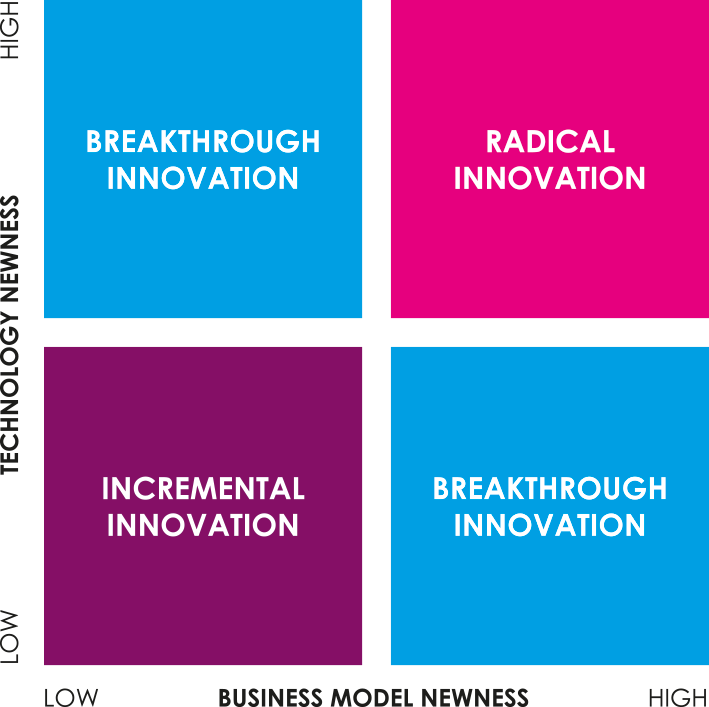
Figure 1: Muckersie three distinct approaches to innovation (Muckersie, 2016)
To obtain a more holistic overview of the different types of innovation that exist, a methodological approach has been put forward called The Ten Types of Innovation framework. It is a useful tool that can be used both to diagnose and enrich an innovation you’re working on or to analyze existing competition. More importantly, it is simple and intuitive. It makes it especially easy to spot errors of omission — missing dimensions that will make a concept stronger (Keeley, 2013).
The Ten Types of Innovation framework is structured into three color-coded categories (figure 2). The types on the left side of the framework are the most internally focused and those most distant from customers; as you move toward the right side, the types become increasingly apparent and obvious to end users. To use a theatrical metaphor, the left of the framework is backstage; the right is onstage.
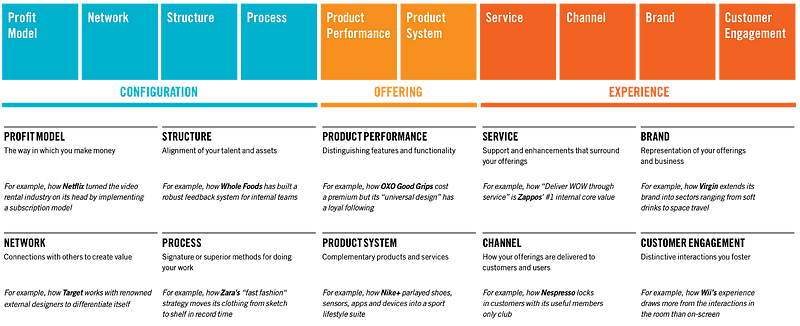
Figure 2: The ten types framework overview (Ten types of innovation, 2015)
Critique on models that nurture innovation inside organisations
Understanding the phase of innovation
We make use of a three horizon model (McGrath and Macmillan, 2014) and an innovation ambition matrix (Nagji, B., & Tuff, G. 2012). Recognizing where to start and how to switch between different innovation methods depends on where in its life cycle a product is located. Innovation should take place at every stage of the cycle. In the dual transformation stage (Daft, 1978), a clear distinction is made between the repositioning of the current core business and the creation of the new one (McGrath and Macmillan, 2014). The repositioning of products within Horizons 1 and 2 of the three horizon model is all about defending and improving existing products (Wright, 2017), expanding value offerings (Hill, 2017), tapping into adjacent markets and/or attracting new customers (Sharpe, 2013). The development of something new can, to some extent, be mapped on Horizon 3, with which most people typically associate innovation (figure 3).
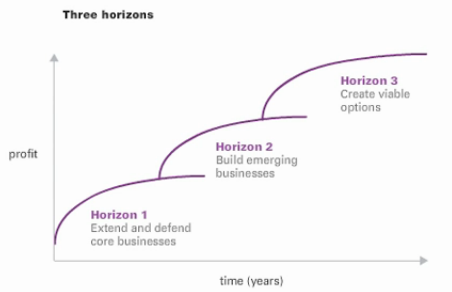
Figure 3: Three horizons framework from McKinsey
The innovation ambition matrix goes one step further than the three-horizon model. Their framework is an adaptation of the three-horizon model and is based on two main dimensions: Products (new products versus existing products) and markets (new markets versus existing markets). Instead of using the binary distinctions, Nagji and Tuff use a series of values (Nagji, B., & Tuff, G. 2012). Based on the two dimensions mentioned above, they distinguish three main types of innovation: Core, secondary and transformation innovations (figure 4).

Figure 4: Nagji and Tuff’s Innovation ambition matrix
Finding the perfect model to foster innovation within a company
The confusion is great when it comes to choosing the right innovation methods, frameworks and techniques to foster innovation within a company. Questions such as “When should we use design thinking?”, “What is the purpose of a design sprint?”, “Is lean startup only for startups?”, “Where does agile fit in?”, “What happens after the <some methodology> phase?” arise all the time. Gartner tried to visualize how models like design thinking, lean, design sprint and agile flow from one to the other (figure 5). The place where one method merges into the next is very controversial because there are too many similar techniques and there are simply too many overlaps.
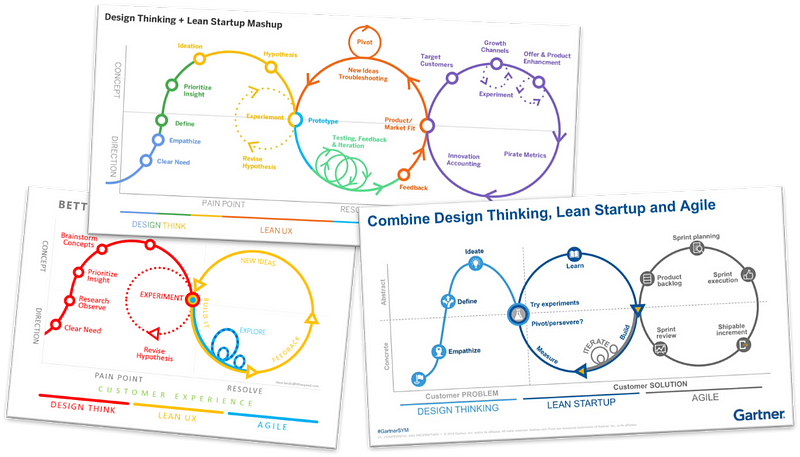
Figure 5: Gartner’s visualisation of different innovation models
Given this complexity, it probably makes more sense to consider design thinking, lean, design sprint & agile just as a bundle of tools and techniques in your own toolbox than to argue for one over the other. They can all create added value somewhere in the innovation spectrum, after all.
A comparison of different models

Figure 6: Design thinking, lean startup and agile comparison chart (Mateo, 2017)
Design thinking
Design thinking shines when it comes to better understanding the problem area and identifying the first users. There are different types of design thinking models (Knapp, Zeratsky and Kowitz, 2016), but they all follow the double diamond flow (figure 7, Design Council, 2017). Put simply, the first diamond begins with the divergence and gathering of many insights through discussions with our users and stakeholders, followed by convergence through the bundling of these insights and the identification of important pain points, problems or tasks to be completed. The second diamond begins with a diverging exercise to find a large number of possible solutions before the most promising ideas are prototyped and tested. Design thinking focuses mainly on qualitative and not on quantitative insights (Malbon, 2016).
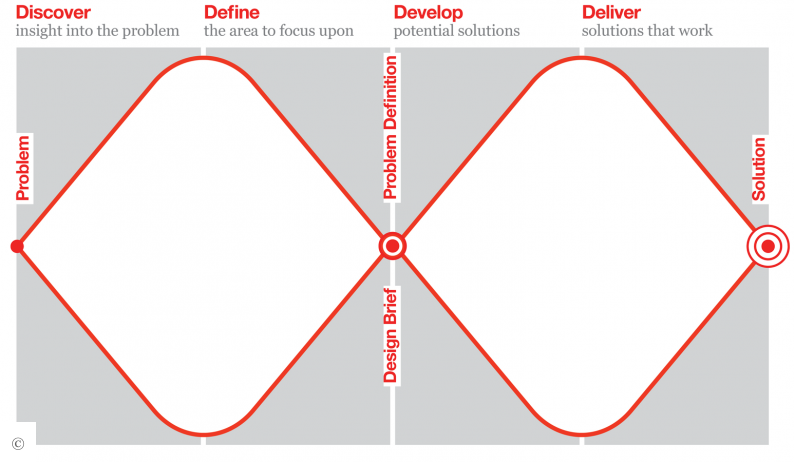
Figure 7 — Design council double diamond
Lean startup
In contrast to design thinking, under lean startup, the entrepreneur often already has a good understanding of the problem at hand. Lean regards everything as a hypothesis or assumption up to validation, so that even a good understanding of the problem space is only an assumption. Lean tends to first specify assumptions on a customer-oriented canvas (figure 8) and then prioritize and validate the highest risk assumptions for the entire product (Ries, 2011). The process of validating assumptions consists of creating an experiment (build), testing it (measure) and finding out whether the assumption or hypothesis is still valid (learn). Lean uses qualitative insights early on but later forces you to define actionable quantitative data to measure how effectively the solution addresses the problem and whether the growth strategy is on track (Koen, 2015).
Figure 8 — Lean canvas
Design sprint
It seems that the Google venture-style design sprint method (figure 9) could have its roots in a technique described in the Lean UX book (Gothelf and Seiden, 2016). The most important strength of a design sprint is to exchange knowledge, develop ideas, develop prototypes and test a concept in a 5-day sprint (Banfield, Lombardo and Wax, 2015). Given the short time frame, design sprints focus only on part of the solution, but it’s an excellent way to learn really quickly whether you’re on the right track or not.
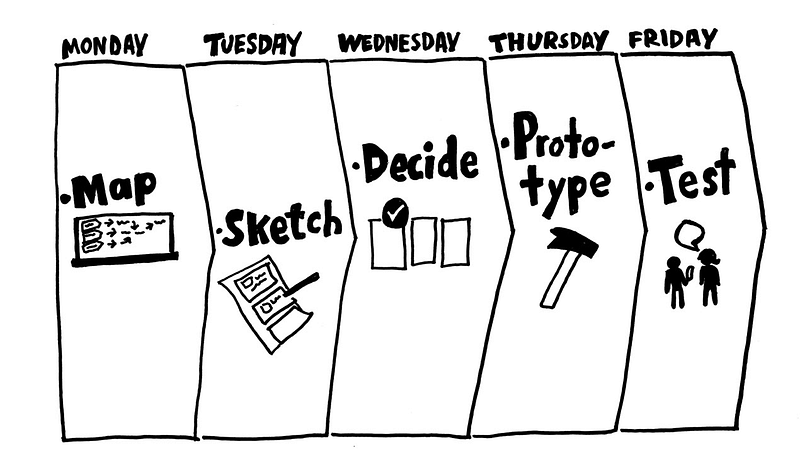
Figure 9 — Google design sprint
Agile
Just like dealing with the uncertainty of our problem, solution and market assumptions, agile development is a good way to deal with the uncertainty in product development. It is not necessary to specify every detail of a product in advance. There are simply too many assumptions and uncertainties (Collier, 2012). Agile is an excellent way to determine and validate assumptions while creating a minimum viable product in lean startup language (Gustavsson, 2016). We should define and prioritize a backlog of values to deliver and work in short sprints by delivering and testing the value as part of each sprint.
Summary

As it seems, there is no clear rule for when and where to start. There is also no obvious transition point because there are simply too many overlaps. These overlaps could explain why some people claim that the methodology is <x> better than <y> (figure 10).
However, most innovation methods can bring added value. It is really up to the team to decide where to start, and how to proceed in terms of when to apply which methods and techniques.
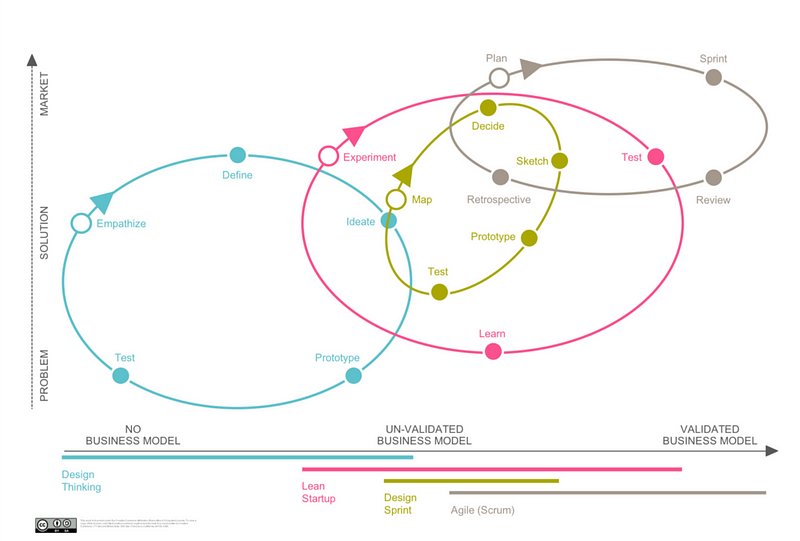
Figure 10: Innovation spectrum
References
- Banfield, R., Lombardo, C. and Wax, T. (2015). Design sprint. O’Reilly Media, Inc.
- Collier, K. (2012). Agile analytics. [Upper Saddle River, NJ]: [Addison-Wesley], p.121.
- Daft, R. (1978). A Dual-Core Model of Organizational Innovation. Academy of Management Journal, 21(2), pp.193–210.
- Design Council. (2017). The Design Process: What is the Double Diamond?. [online] Available at: http://bit.ly/2fSMSPs [Accessed 21 June. 2018].
- Gothelf, J. and Seiden, J. (2016). Lean UX: Designing Great Products with Agile Teams. 2nd ed. O’Reilly Media.
- Gustavsson, T. (2016). Benefits of Agile Project Management in a Non-Software Development Context. Project
- Management Development — Practice and Perspectives.
- Hill, A. (2017). Sustaining Growth with the Three Horizons Model for Innovation. [online] Medium. Available at: http://bit.ly/2v0ASBX [Accessed 10 Apr. 2018].
- Keeley, L. (2013). Ten types of innovation. Hoboken: John Wiley & Sons.
- Knapp, J., Zeratsky, J. and Kowitz, B. (2016). Sprint. Bantam Press.
- Koen, P. (2015). Lean Startup in Large Enterprises Using Human-Centered Design Thinking: A New Approach for Developing Transformational and Disruptive Innovations. SSRN Electronic Journal.
- Malbon, T. (2016). The Problem with Design Thinking — Made by Many — Medium. [online] Medium. Available at: http://bit.ly/2hHepAm [Accessed 23 June. 2018].
- Mateo, J. (2017). A Complementary Approach in Software Development: How to Combine Design Thinking, Lean Startup and Agile Methodologies for Outstanding Innovation. [online] Medium. Available at: http://bit.ly/2tR4TAt [Accessed 1 Jul. 2018].
- McGrath, R. and Macmillan, I. (2014). Discovery-Driven Growth. Boston: Harvard Business Review Press, p.198.
- Muckersie, E. (2016). Incremental, breakthrough & radical innovation: deciphering the differences. [online] Freshminds. Available at: http://bit.ly/2K6PJB8 [Accessed 19 Jun. 2018].
- Nagji, B., & Tuff, G. (2012). SPOTLIGHT ON INNOVATION FOR THE 21ST CENTURY-Managing Your Innovation Portfolio. Harvard Business Review, 66.
- Ries, E. (2011). The Lean Startup: How Today’s Entrepreneurs Use Continuous Innovation to Create Radically Successful Businesses. 1st ed.
- Sharpe, B. (2013). Three horizons. Devon, United Kingdom: Triarchy Press.
- Sternberg, R. (2000). Handbook of intelligence. Cambridge: Cambridge University Press, pp.316–341.
- Ten types of innovation. (2015). [ebook] Deloitte Development LLC, p.2. Available at: http://bit.ly/2JOZ9lr [Accessed 19 Jun. 2018].
- Thompson, V.A. (1965), “Bureaucracy and innovation”, Administrative Science Quarterly, Vol. 10, pp. 1–20.
- von Schomberg, R. (2013). A Vision of Responsible Research and Innovation. Responsible Innovation, pp.51–74.
- Wong, A., Tjosvold, D. and Liu, C. (2008), “Innovation by teams in Shanghai, China: cooperative goals for group confidence and persistence”, British Journal of Management, available at: http://bit.ly/2taORlu [Accessed 30 May 2018].
- Wright, T. (2017). McKinsey’s Three Horizons of Growth Can Help You to Innovate. [online] Cascade Strategy. Available at: http://bit.ly/2GLnLpF [Accessed 10 Apr. 2018].
- Zahra, S., Gedajlovic, E., Neubaum, D. and Shulman, J. (2009). A typology of social entrepreneurs: Motives, search processes and ethical challenges. Journal of Business Venturing, 24(5), pp.519–532.